Canyoning and mountaineering in Europe…
I had been dreaming of going canyoning in Europe since 2019, when photos of European canyons appeared almost daily in my Facebook feed thanks to some fellow Australian canyoners no doubt enjoying their European holiday. So when the opportunity came to apply for the Balthasar Award, I immediately set my sights on a European canyoning expedition.
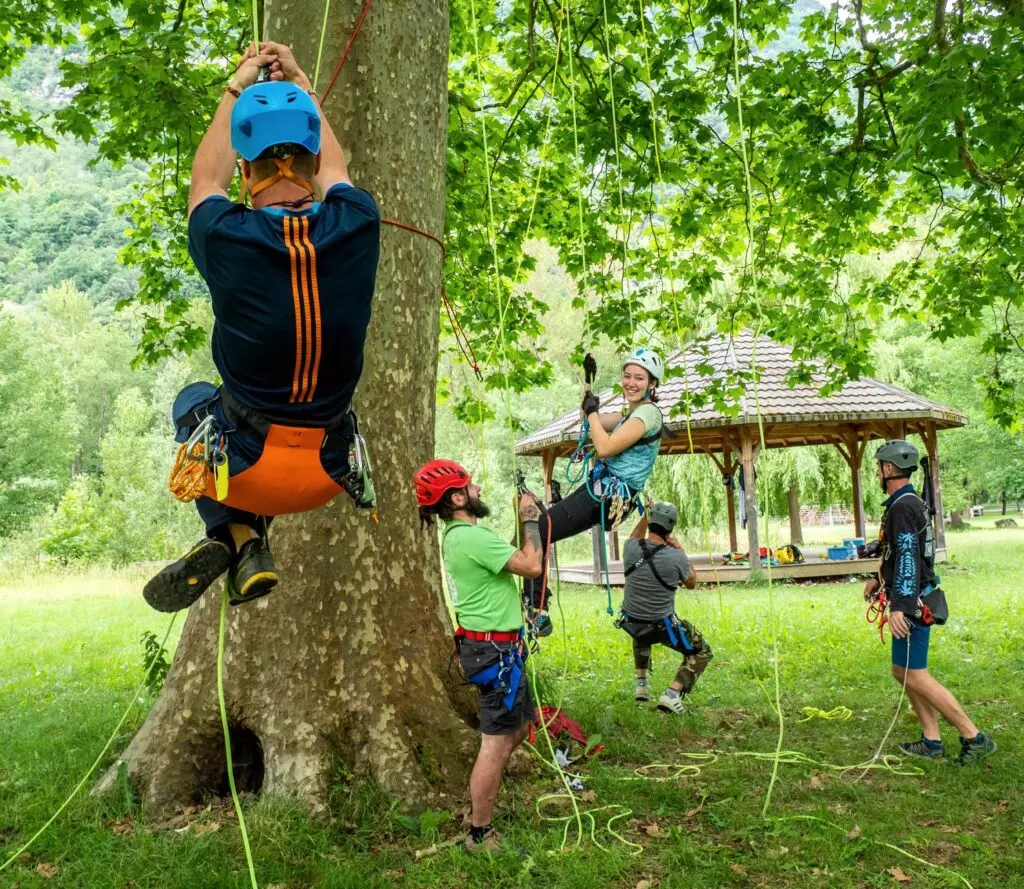
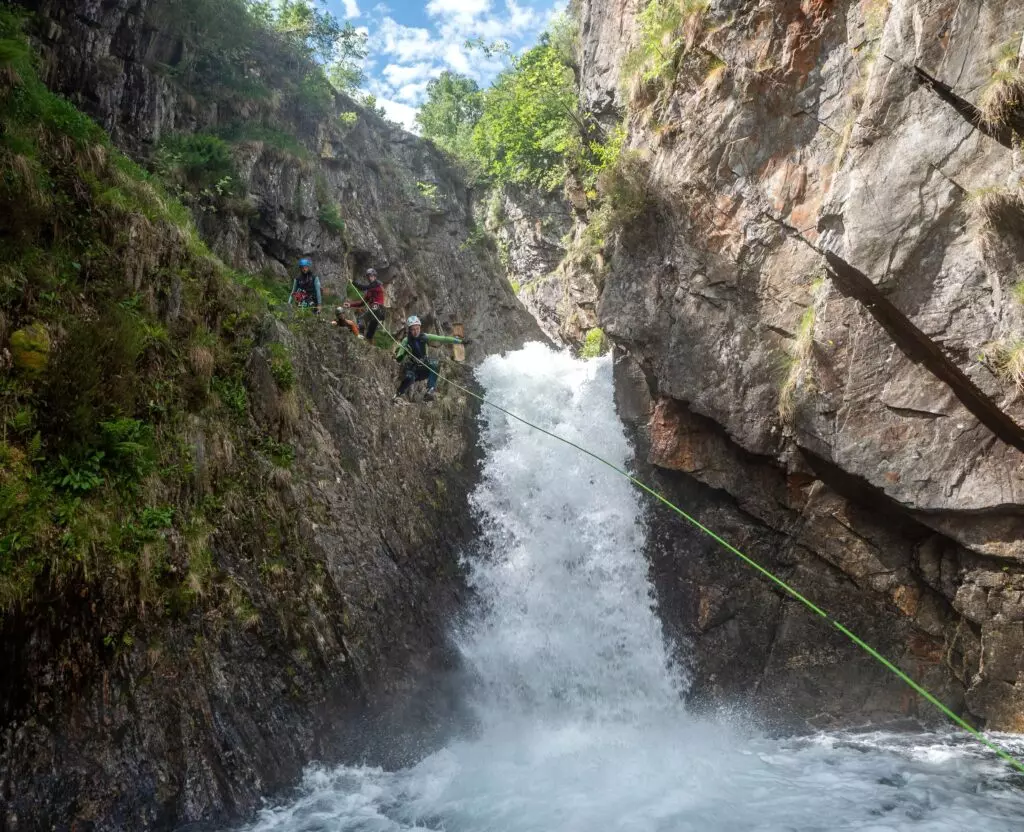
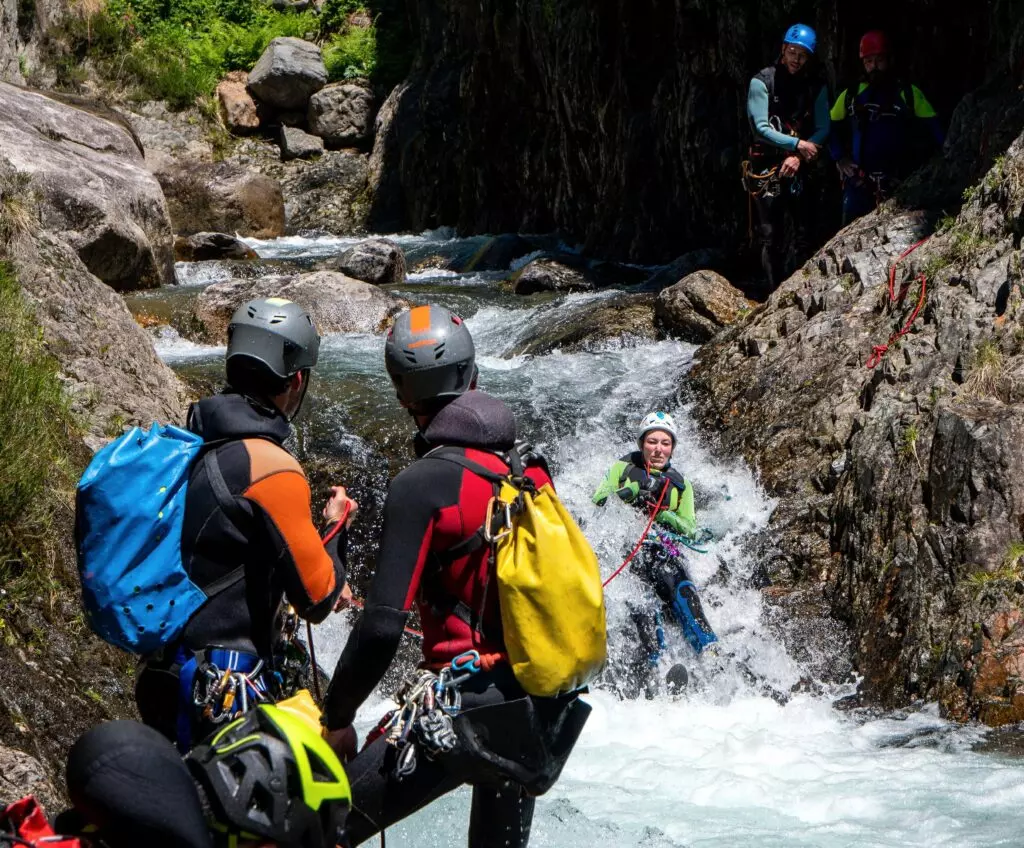
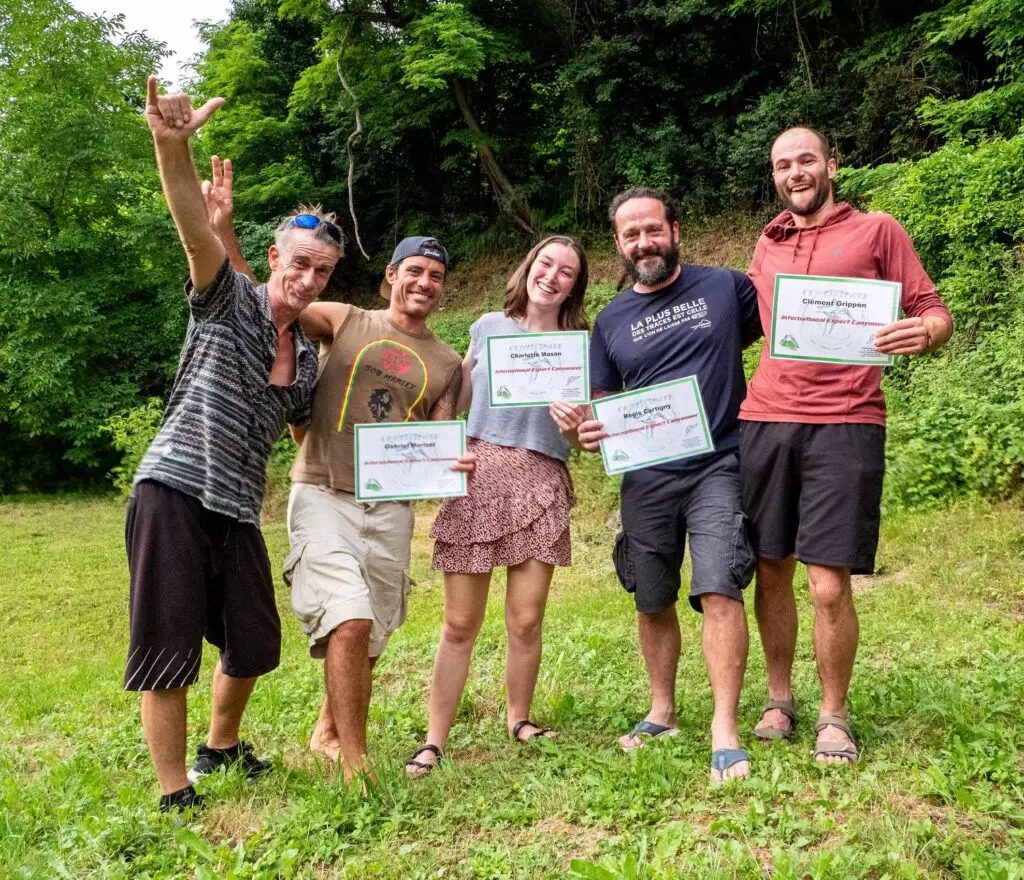
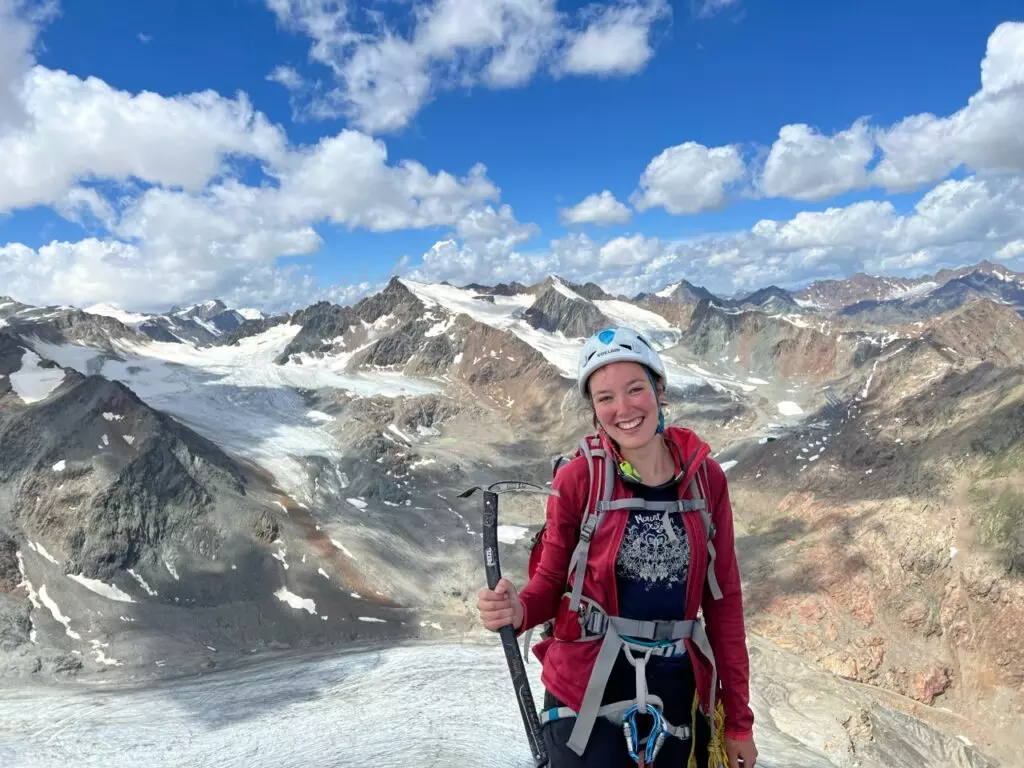

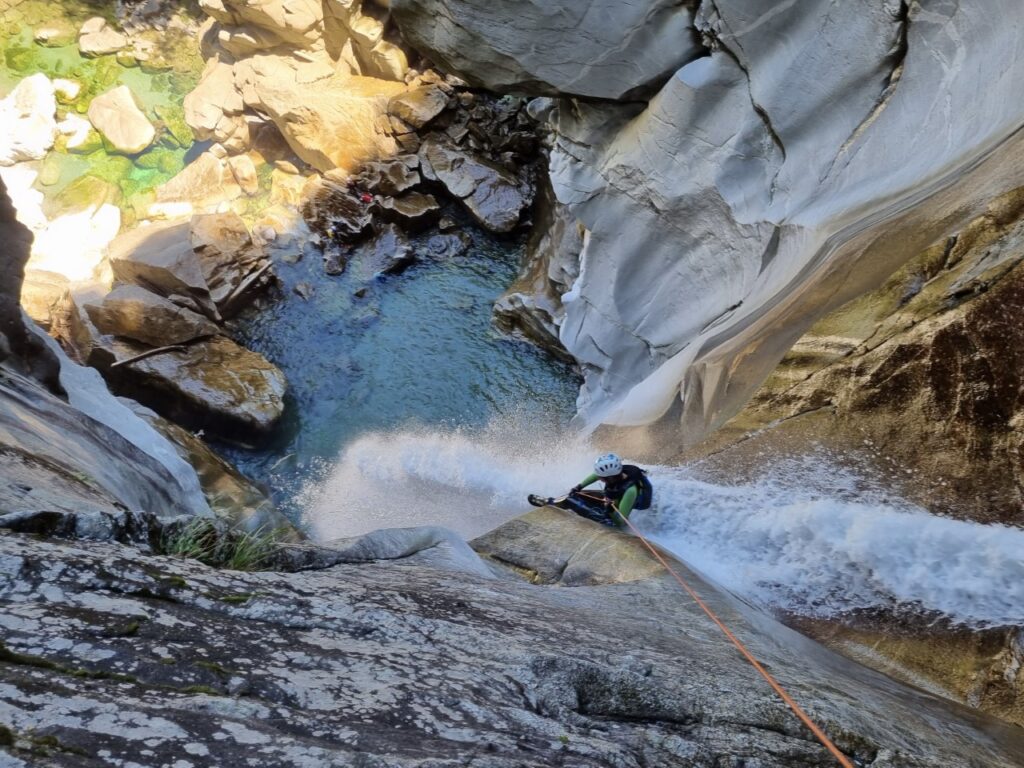
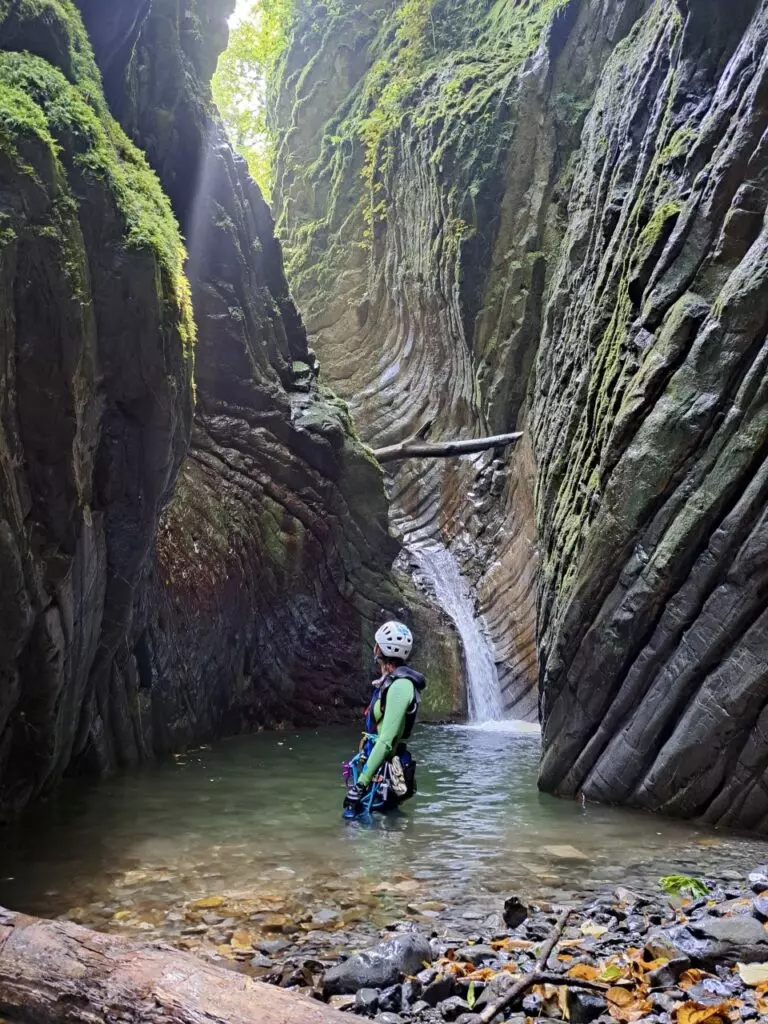
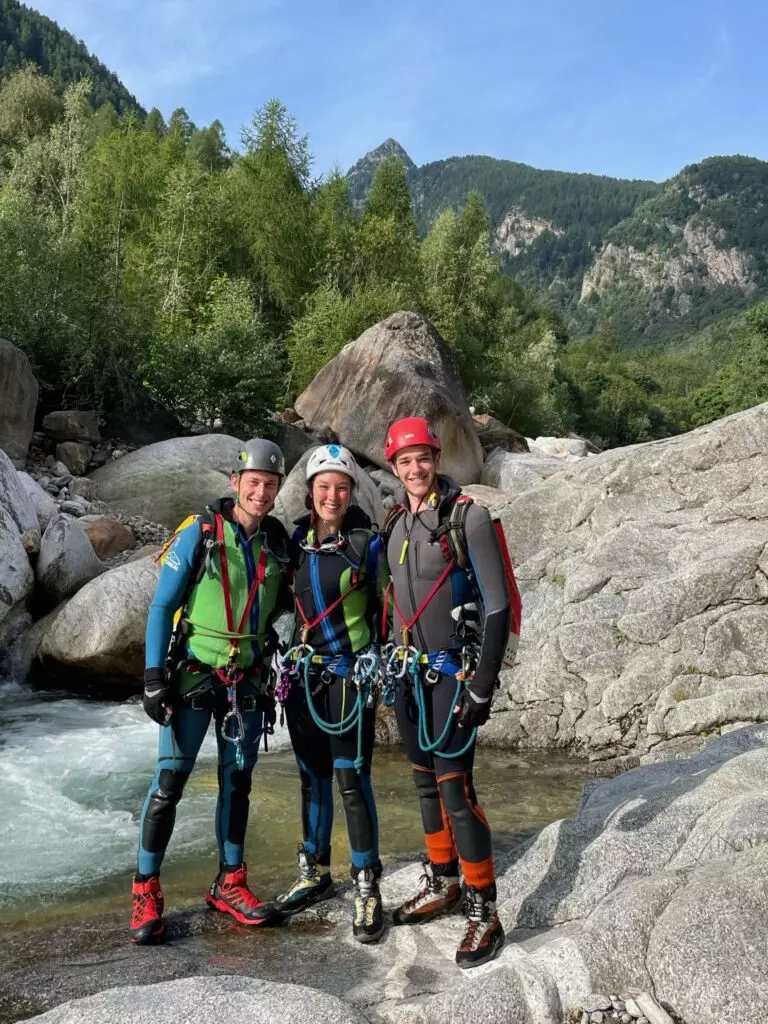
Even though I was lucky enough to be awarded the Balthasar in early 2021, I only managed to complete my expedition in mid-2022 due to COVID-19 border closures. By this time, the world was very different, and the organisation which I had been hoping to complete a canyon training course with had been shut down. After some research, I found a canyoning centre in the French Pyrenees which was running a course that suited my experience level. I also decided to supplement my Europe trip with a mountaineering course that would teach me some alpine basics and open me up to a whole new outdoor sport! All that was left was to entice some fellow Gordon Rovers to join me in Italy for an epic canyoning road trip, and then I was off to Europe!
After landing in Toulouse, France, I headed straight to the canyoning centre to begin my training the very next day. It was definitely a tough first few days; getting over my jet lag, adjusting to constantly speaking in French, learning new canyon skills, and tackling some epic French canyons. But it ended up being an amazing two weeks, I stayed in an idyllic French countryside town, ate baguettes for lunch every day, drank French wine for dinner, and descended some of the prettiest, most exhilarating canyons I had ever been in. On top of all this, I learned so much that will help me take on even more challenging canyons, both back in Australia and overseas. Modules covered on the course included canyon rigging, managing groups, professional rescue, and extreme whitewater canyoning, which will not only help me in more advanced canyons, but will also make me better at guiding canyons for novices in a Scouting context. Despite some bumpy canyon slides and a broken leg (not me thankfully!) the course overall went very smoothly, and I cannot wait to get back to the French Pyrenees for some more canyoning in the (hopefully) not too distant future.
Next up on my itinerary was Austria, and after two planes, a train, and a bus, I found myself in the Austrian mountains meeting my fellow course participants, who were thankfully all British, so back to English for me! After an enormous hike up to Braunschweiger Hut (our home for the next week) which included 1,000m in altitude gain, we settled into our rather cramped room and headed to the dining room for some radlers (shandy) and schnapps, the two beverages of choice in the Austrian mountains. For the next five days, we learned all the mountaineering basics from our Austrian guide including ropework, glacier traversals, crevasse rescues, ice climbing, self-arrests, and creating snow/ice anchors. Of course, our time was also spent enjoying some incredible Austrian dinners and playing cards to pass the time during afternoon storms. On our final day, we summited a nearby peak ‘Linker Fernerkg’ (3,277m), which consisted of five hours crossing a glacier, but provided some incredible views of the Austrian Alps. I was so thankful to have had the opportunity to complete this course, and definitely feel prepared to take on some more alpine expeditions next time I am in Europe.
On to the final and most exciting leg of my trip – canyoning in Italy and Switzerland! For two weeks, some fellow Gordon Rovers and I rented a car and followed the top canyoning guidebook, taking on some of Europe’s best canyons. We started in Ticino, Switzerland, known to be one of the best canyoning areas in the world, and it certainly did not disappoint. Smashing through as many as three canyons in a day, we took on every jump, slide, and abseil, with each canyon full of amazing features, stunning landscapes, and lots of adrenaline! Every day, we made sure to say a prayer to the canyon gods at one of the multiple shrines that we found on every walk-in, yet we still ended up with several broken helmets, two ankle injuries, and a stomach bug from drinking dirty canyon water.
After a week, we left Ticino behind and headed off to Val d’Ossola in Italy, where the canyons were less sporty, but just as spectacular and unique. A few days later, we were up at 5.00am to drive to Lake Como, Italy, where we stayed in a beautiful campsite in the mountains right next to a huge waterfall. The canyons in this area were nothing short of geological masterpieces, taking me into some of the most unique environments I have ever been in. Yet, one of the highlights was still eating Italian gelato on the shores of Lake Como after finishing our canyon for the day. Our diet for the week practically consisted of pasta, limoncello, €2 biscuits, and of course, gelato, so it’s a good thing that we were exercising every day! Over the two weeks, we managed to smash out 19 canyons, a truly epic feat that made for one of the best experiences of my life.
I am so thankful to the Balthasar Award trustees and especially the fund’s benefactor Dick Smith AC, for enabling this opportunity, I had the most amazing time on my expedition, learned a lot, and cannot wait for future adventures! I am also very grateful to my friends and family for supporting me, my Gordon canyoning buddies, and a special thanks to those canyoning leaders in Sydney North who started me off in the sport. I cannot wait to pass on everything I have learned to the wider Scouting community and hope that others will be inspired to undertake their own epic canyoning adventures.
Charlotte Mason
Gordon Rover Crew
